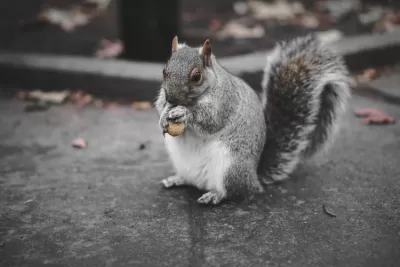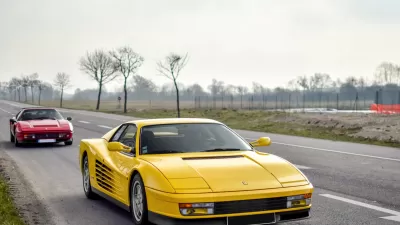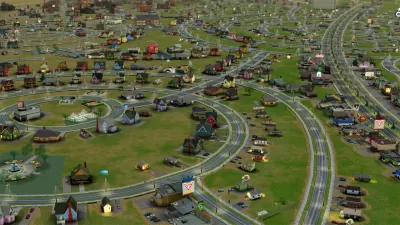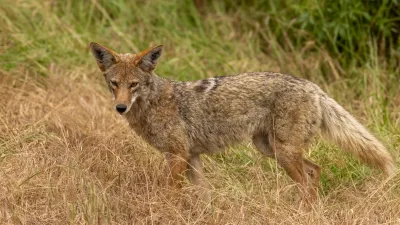Animals are not only evolving in remarkable ways to meet the challenges of urban environments, but they are doing it quickly.

In a feature piece, Brendan I. Koerner dives into the work of scientists studying the evolution of urban wildlife. From oysters to rats to coyotes, animals have adapted to cities in ways that offer useful insight into survival at the genetic level.
"Rather than wilt away as Homo sapiens have spread forth bearing concrete, bitumen, and steel, a select number of species have developed elegant adaptations to cope with the peculiarities of urban life: more rigid cellular membranes that may ward off heat, digestive systems that can absorb sugary garbage, altered limbs and torsos that enhance agility atop asphalt or in runoff-fattened streams," says Koerner.
One researcher, for example, found that pigeons in New York are able to exist on a steady diet of discarded foods high in refined sugars without becoming hyperglycemic. Another researcher discovered that lizards in Costa Rica from cities had different physiologies than those in the forest that allowed them to move faster and avoid predators and more extreme heat.
And what these researchers are learning, says Koerner, is important as climate change puts more stressors on wildlife. These findings can inform conservation efforts, but they can also point to ways evolving species can help address the environmental issues humans have caused.
"If we can peer deep into genomes and identify the species most likely to develop the specific traits we crave, we can place those animals in environments where natural selection will do the dirty work of shaping them into long-term survivors," notes Koerner.
FULL STORY: How Cities Reshape the Evolutionary Path of Urban Wildlife

Study: Maui’s Plan to Convert Vacation Rentals to Long-Term Housing Could Cause Nearly $1 Billion Economic Loss
The plan would reduce visitor accommodation by 25,% resulting in 1,900 jobs lost.

Alabama: Trump Terminates Settlements for Black Communities Harmed By Raw Sewage
Trump deemed the landmark civil rights agreement “illegal DEI and environmental justice policy.”

Why Should We Subsidize Public Transportation?
Many public transit agencies face financial stress due to rising costs, declining fare revenue, and declining subsidies. Transit advocates must provide a strong business case for increasing public transit funding.

Paris Bike Boom Leads to Steep Drop in Air Pollution
The French city’s air quality has improved dramatically in the past 20 years, coinciding with a growth in cycling.

Why Housing Costs More to Build in California Than in Texas
Hard costs like labor and materials combined with ‘soft’ costs such as permitting make building in the San Francisco Bay Area almost three times as costly as in Texas cities.

San Diego County Sees a Rise in Urban Coyotes
San Diego County experiences a rise in urban coyotes, as sightings become prevalent throughout its urban neighbourhoods and surrounding areas.
Urban Design for Planners 1: Software Tools
This six-course series explores essential urban design concepts using open source software and equips planners with the tools they need to participate fully in the urban design process.
Planning for Universal Design
Learn the tools for implementing Universal Design in planning regulations.
Smith Gee Studio
Alamo Area Metropolitan Planning Organization
City of Santa Clarita
Institute for Housing and Urban Development Studies (IHS)
City of Grandview
Harvard GSD Executive Education
Toledo-Lucas County Plan Commissions
Salt Lake City
NYU Wagner Graduate School of Public Service





























